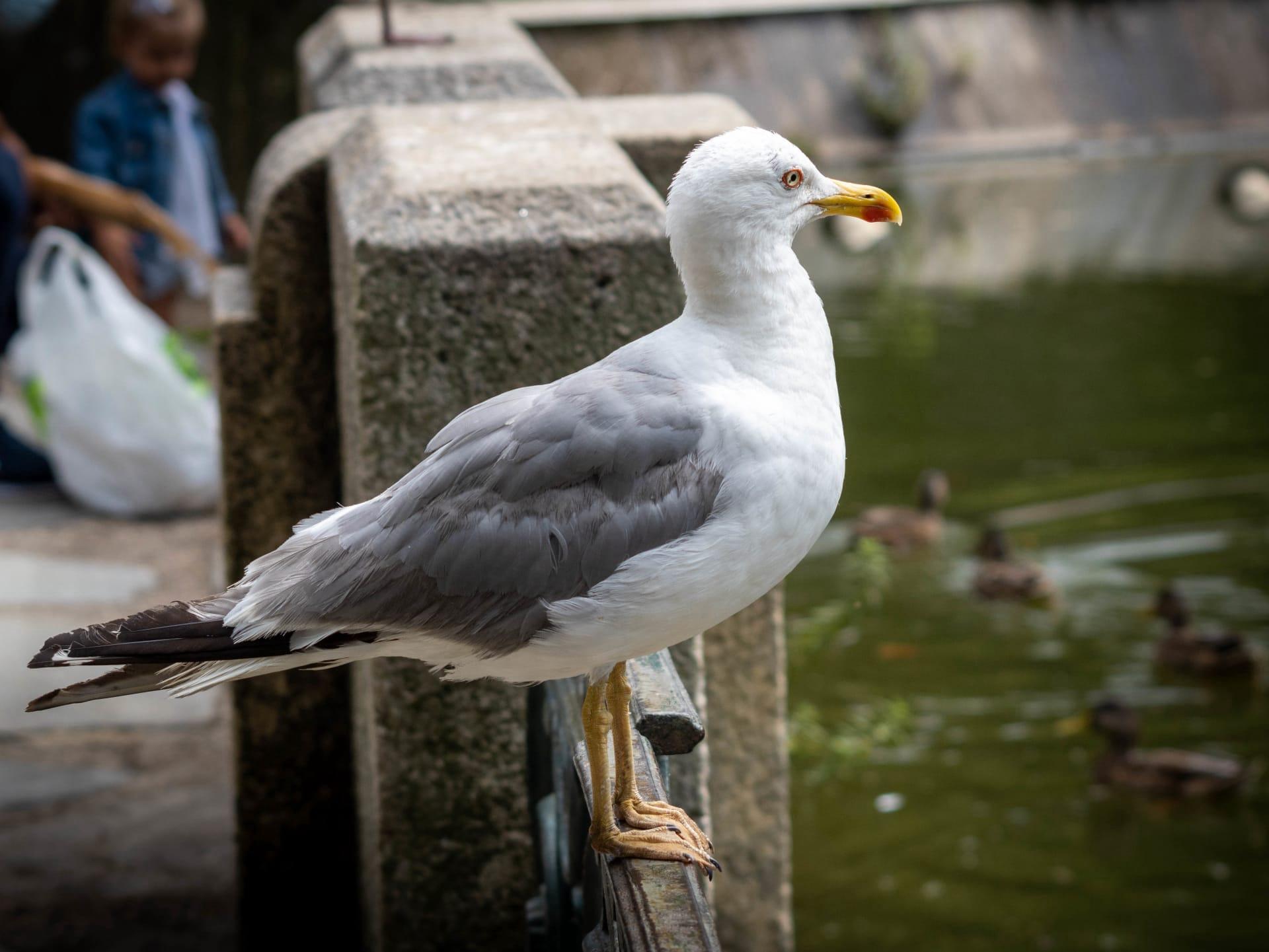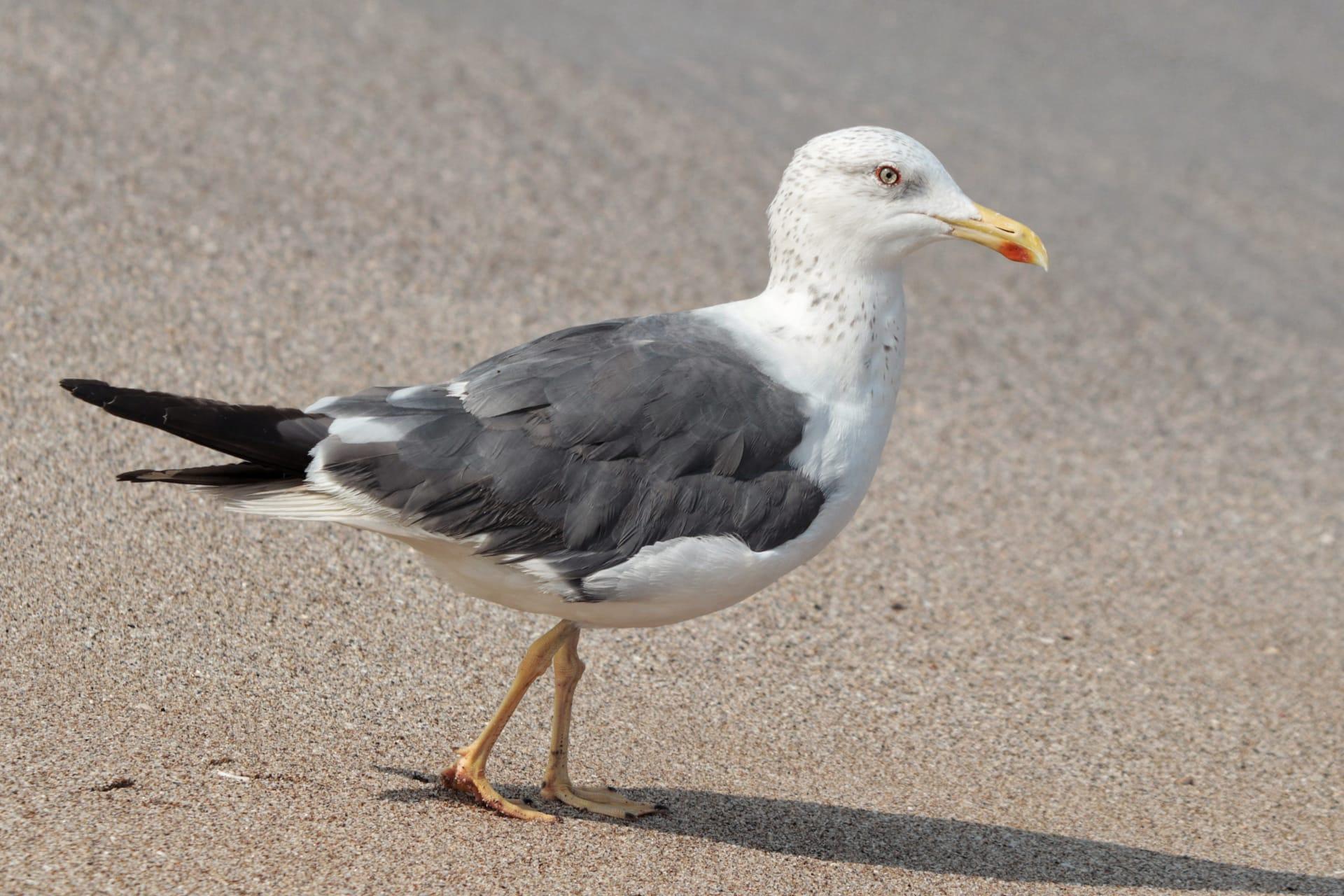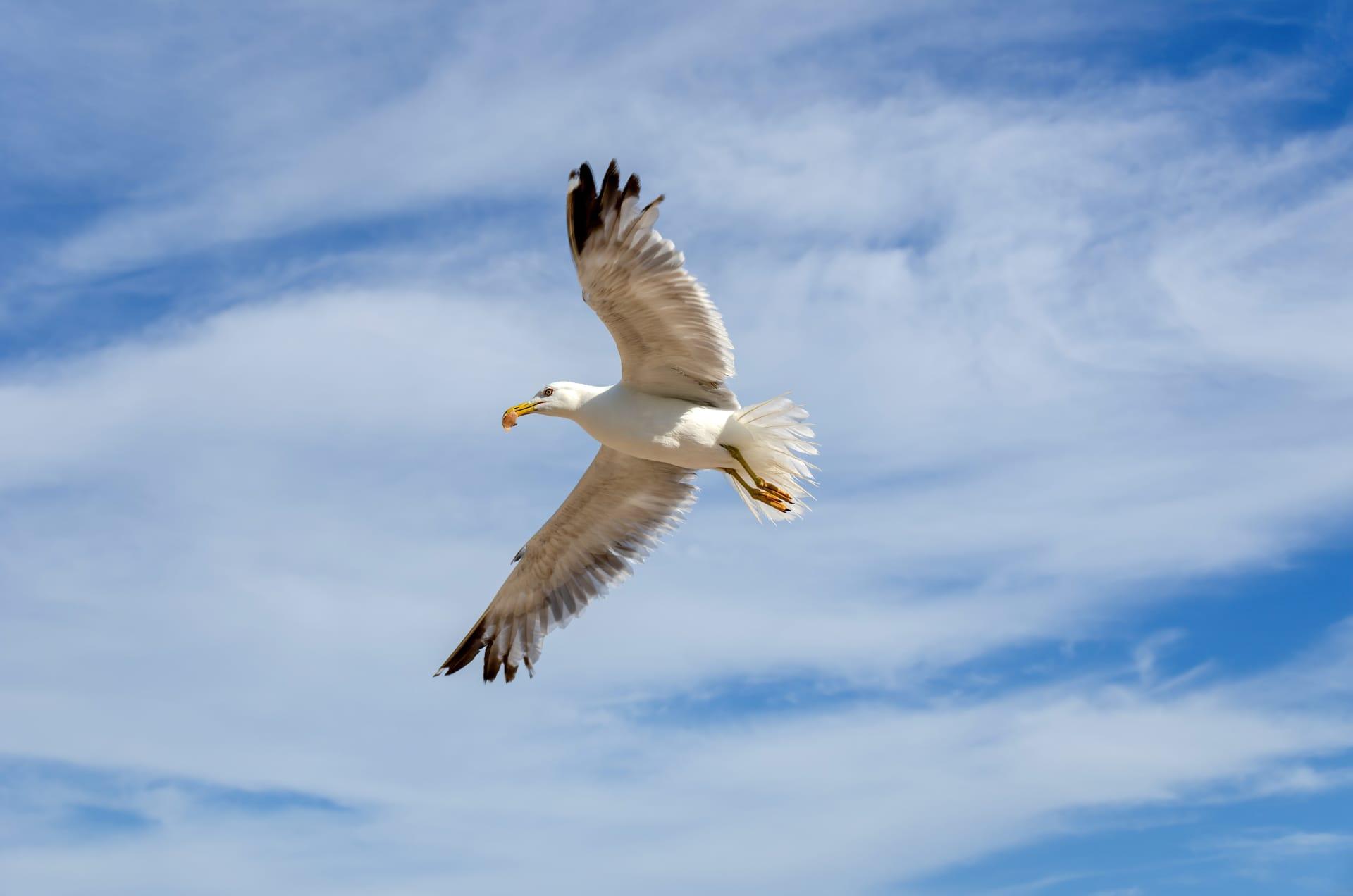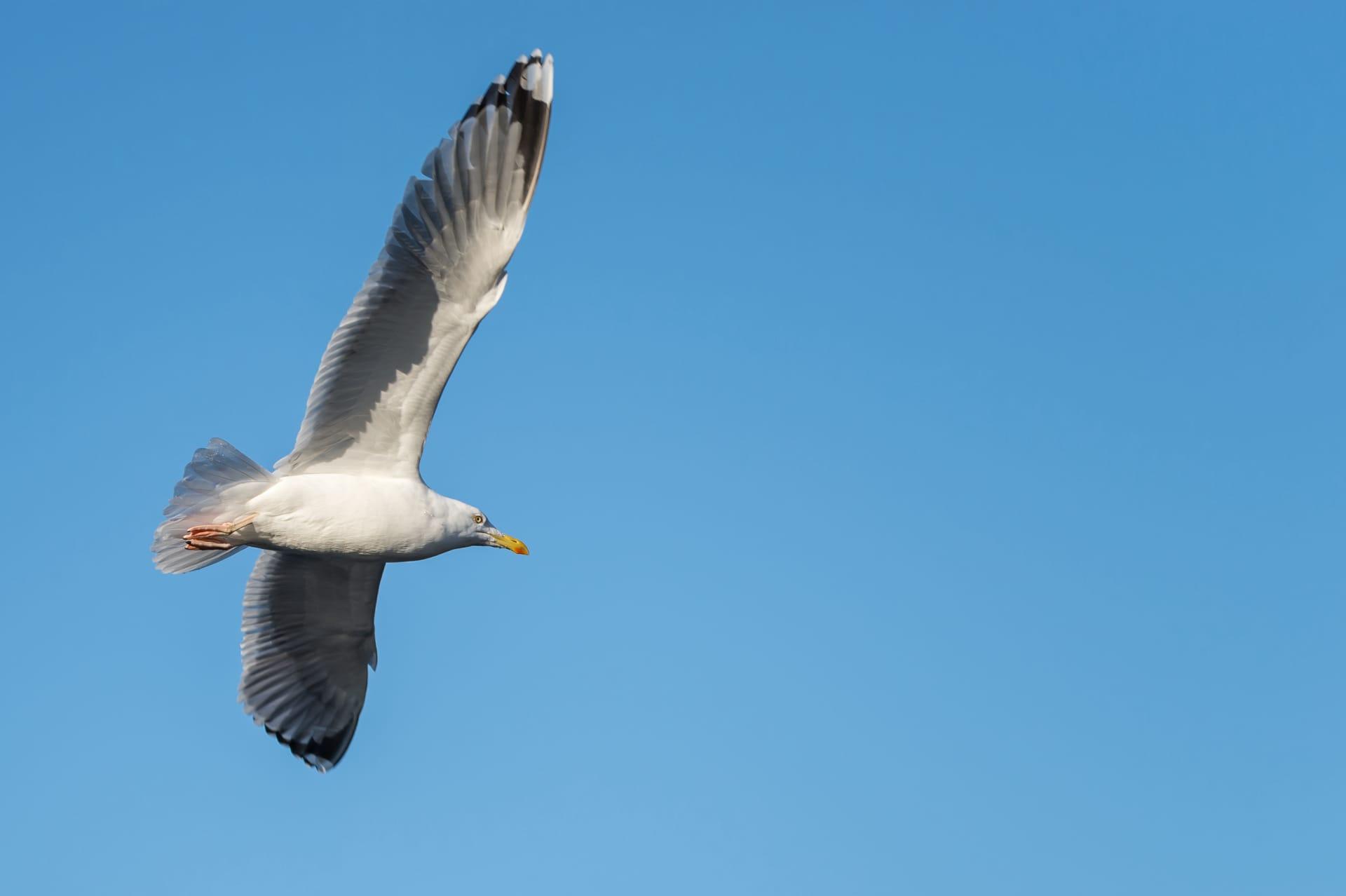Albatross Characteristics
- Home /
- Mini Encyclopedia /
- Animal /
- Albatross Characteristics
1
Albatrosses, known for their majestic presence in the skies, are among the largest flying birds in the world. These avian giants boast wingspans that can stretch up to 11 feet (about 3.4 meters), enabling them to glide effortlessly over the ocean. Adult albatrosses typically weigh between 17 and 22 pounds (about 7.7 to 10 kilograms), with their size varying among different species. The lifespan of these birds is equally impressive, with many living for over 50 years, some even reaching the ripe old age of 60. This remarkable longevity is a testament to their resilience and adaptability in the wild.
The albatross's most unique organ is undoubtedly its nasal glands, located above their beaks. These glands play a crucial role in their survival, especially considering the albatross's maritime lifestyle. The glands help the birds expel excess salt from their bodies, which they ingest while feeding in saltwater. This adaptation is vital, as it allows albatrosses to drink seawater while far from land, a necessity during their long, transoceanic flights. The efficiency of these glands is key to the albatross's ability to thrive in some of the most remote and saline environments on earth.

2
Question: Why do albatrosses have such large wingspans?
Answer: Albatrosses have evolved to have some of the largest wingspans of any bird, reaching up to 11 feet (about 3.4 meters). This extraordinary feature is not just for show; it serves a critical purpose. The large wingspan of the albatross is essential for a flying technique known as dynamic soaring. This technique allows them to harness the energy of the wind and waves to travel vast distances with minimal effort. By riding the air currents and adjusting their wing angles, albatrosses can glide for hours, even days, without flapping their wings. This adaptation is crucial for their survival, as it significantly reduces the energy required for long-distance travel, allowing them to cover thousands of miles across the ocean in search of food.

3
Albatrosses are renowned for their extraordinary flying abilities, which are largely attributed to their movement characteristics. These birds are masters of dynamic soaring, a technique that allows them to exploit wind gradients and ocean swells to travel vast distances with minimal energy expenditure. Their ability to glide for long periods plays a crucial role in their nomadic lifestyle, enabling them to traverse thousands of miles across open oceans. This remarkable skill is not only a testament to their physical prowess but also to their adaptability to the challenging marine environment.
In terms of hunting, albatrosses are opportunistic feeders, primarily preying on squid, fish, and krill. Their method of foraging is quite interesting; they often follow ships to scavenge leftovers or rely on their keen sense of smell to locate food. During feeding, albatrosses can dive up to 16 feet (about 5 meters) underwater, using their powerful wings to propel themselves. This combination of gliding and diving skills makes them formidable predators in their oceanic realm.

4
The albatross primarily inhabits marine environments, especially in the Southern Ocean and the North Pacific. They spend most of their lives at sea, only coming to land to breed and rear their young. These birds favor remote, isolated islands for nesting, as these locations offer safety from predators. The harsh, windy conditions of these islands are ideal for the albatross, facilitating easier take-offs and landings. Their choice of habitat underscores their adaptation to life at sea, enduring some of the most challenging weather conditions on the planet.
Reproduction in albatrosses is a slow, deliberate process. They are known for their long-term monogamous relationships, often mating with the same partner for life. Breeding usually takes place every two years, as it requires a significant investment of time and energy. The process begins with an elaborate courtship dance, which strengthens pair bonds. After mating, a single egg is laid, and both parents share the responsibility of incubation and feeding the chick. The young albatross takes several months to fledge, during which time it relies entirely on its parents for survival. This prolonged dependency period allows the chick to develop the necessary skills and strength for independent life at sea.

5
Book: "The Albatross: Life and Love Among the Ocean Wanderers" by Richard J. Cullen, published in the United States in 1998. This engaging book delves into the fascinating world of albatrosses, exploring their unique lifestyle and behavior. Cullen's narrative is a blend of scientific insight and personal observation, offering readers an intimate look at these birds' long-distance voyages, mating rituals, and survival strategies. The author's passion for these majestic birds is evident, making the book both informative and captivating.
Book: "Wings on the Horizon: The Mysterious Life of Albatrosses" by Emily Patterson, published in Australia in 2005. Patterson provides a comprehensive overview of the albatross's life, from its soaring flights across the oceans to its breeding habits on remote islands. The book is rich in detail, backed by years of research and field observations. Patterson's vivid descriptions and scientific approach make this book a valuable resource for anyone interested in these enigmatic birds and their adaptation to the marine environment.